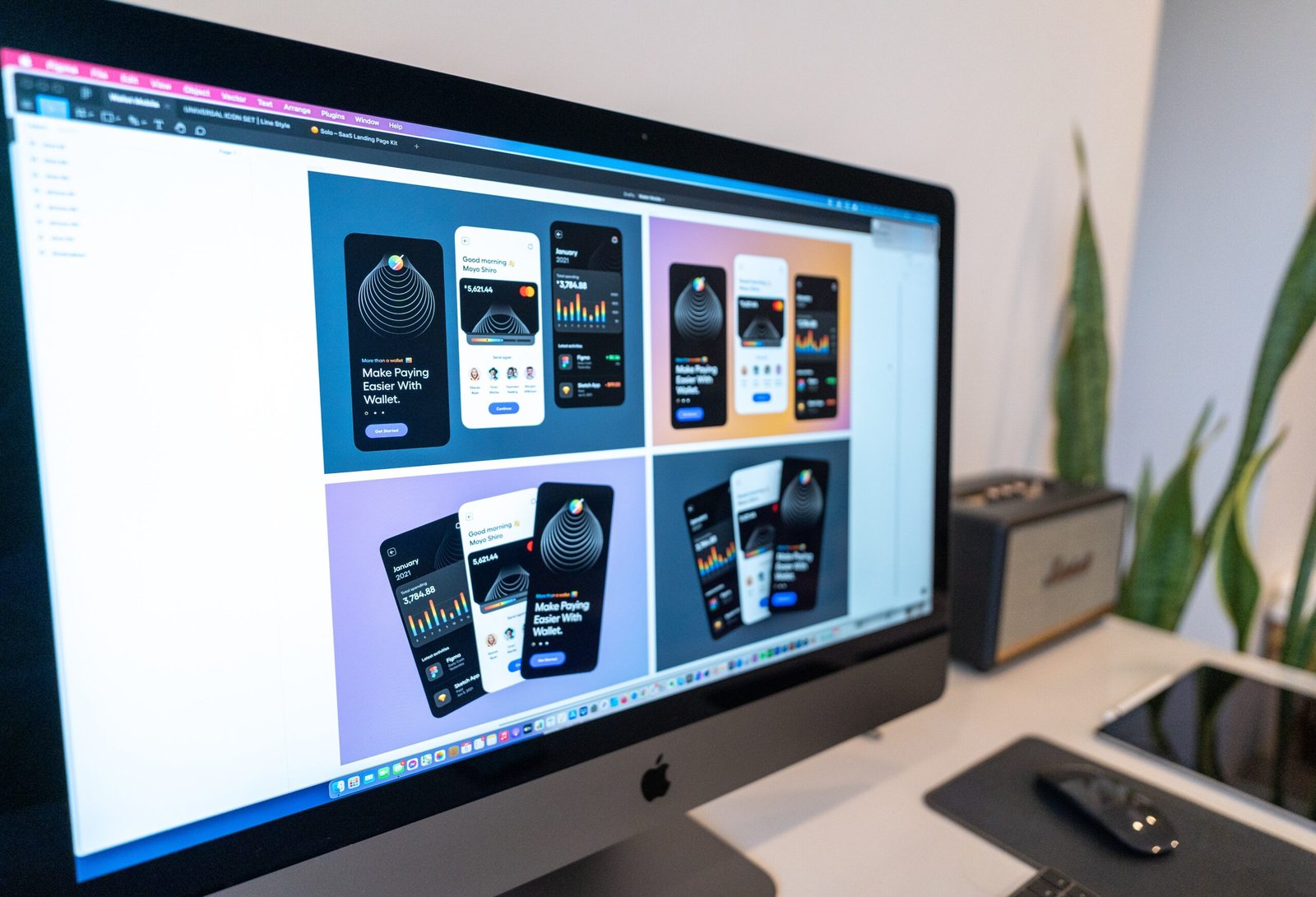
In today’s rapidly evolving digital landscape, the role of a designer has undergone a significant transformation. As technology advances and user expectations continue to rise, the requirements for a successful designer have also evolved. This article explores the changing landscape of designer job requirements, highlighting the key skills and qualities that are in demand in the industry.
The Shift Towards Multidisciplinary Skills
Gone are the days when a designer could solely focus on aesthetics and visual elements. The modern designer is expected to possess a diverse skill set that extends beyond traditional design principles. Companies now seek designers who can bridge the gap between design and technology, incorporating elements of coding, development, and user experience into their work.
By having a solid understanding of coding languages such as HTML, CSS, and JavaScript, designers can bring their designs to life and ensure seamless integration with development teams. Knowledge of user experience (UX) principles is also crucial, as designers are expected to create intuitive and user-friendly interfaces that enhance the overall user experience.
Embracing New Technologies
With the rapid advancement of technology, designers must stay updated with the latest tools and software. Familiarity with design software such as Adobe Creative Suite is no longer sufficient; designers are now expected to have experience with prototyping tools, collaboration platforms, and even emerging technologies like virtual reality and augmented reality.
Designers who can adapt to and leverage these new technologies have a competitive edge in the job market. Employers value designers who can push boundaries and explore innovative ways to solve design challenges using cutting-edge tools and techniques.
Soft Skills: The Human Element
While technical skills are essential, designers must also possess strong soft skills to succeed in their roles. Collaboration and communication skills are highly valued, as designers often work closely with cross-functional teams, including developers, marketers, and product managers.
Designers must be able to effectively communicate their design decisions, articulate their ideas, and incorporate feedback from stakeholders. The ability to empathize with users and understand their needs is also crucial, as designers are responsible for creating designs that resonate with the target audience.
Adaptability and Continuous Learning
In an industry that is constantly evolving, designers must have a growth mindset and a willingness to learn. The ability to adapt to new design trends, methodologies, and tools is essential for staying relevant in the field.
Employers value designers who are proactive in seeking out new learning opportunities, whether it’s attending workshops, participating in online courses, or staying up to date with industry blogs and publications. Continuous learning not only enhances a designer’s skill set but also demonstrates their commitment to professional growth.
The Importance of a Strong Portfolio
While the requirements for a designer may have evolved, one thing remains constant: the importance of a strong portfolio. A portfolio showcases a designer’s skills, creativity, and ability to solve design problems. It is a tangible representation of their work and serves as a testament to their expertise.
Designers should curate their portfolio to highlight their best work and demonstrate their versatility across different design disciplines. Including case studies that provide insights into the design process and the impact of their work can also be beneficial.
As the design industry continues to evolve, so too will the requirements for designer job roles. By staying adaptable, continuously learning, and embracing new technologies, designers can position themselves as valuable assets in the ever-changing job market.
Remember, the key to success as a designer lies not only in technical skills but also in the ability to think critically, collaborate effectively, and adapt to new challenges. By embracing the evolution of designer job requirements, designers can thrive in this dynamic and exciting field.